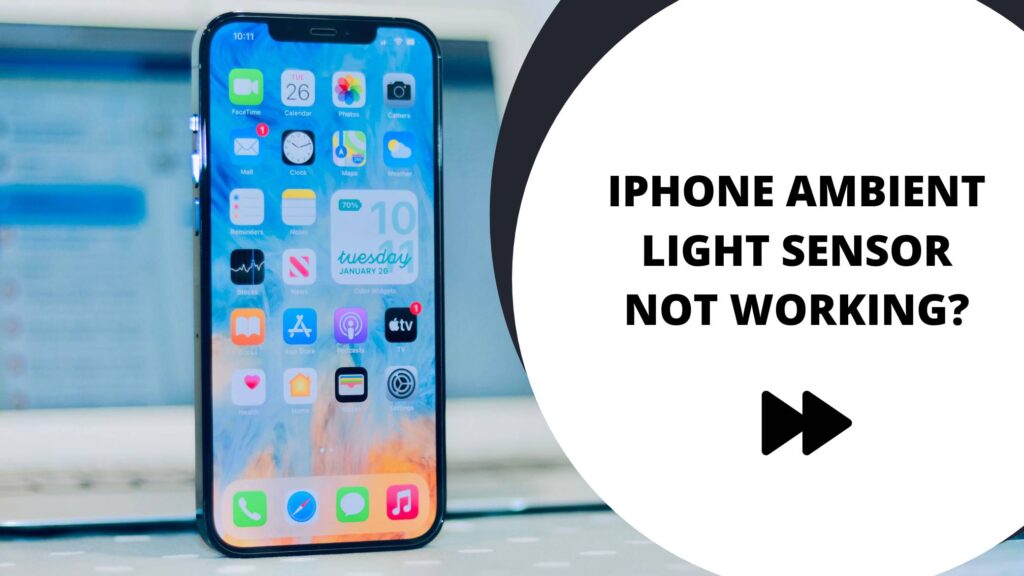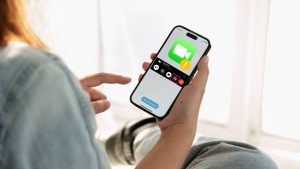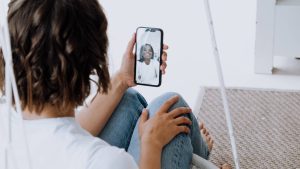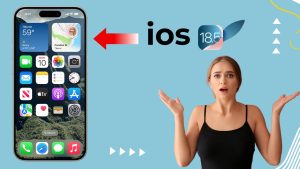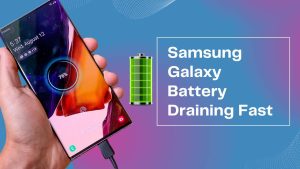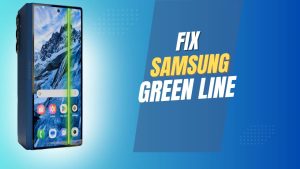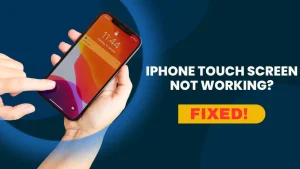iPhone ambient light sensor plays a vital role in managing your device’s screen brightness. By adjusting the brightness level automatically, this feature enhances the viewing experience while conserving battery life. But when it malfunctions, it can lead to issues such as your iPhone auto-brightness not working or the iPhone screen brightness not adjusting properly. This guide provides solutions to troubleshoot and resolve these problems effectively.
Understanding the iPhone Ambient Light Sensor
The iPhone ambient light sensor is a tiny yet powerful component that detects the surrounding light intensity and adjusts your screen brightness accordingly. For instance, it brightens your display under direct sunlight and dims it in low-light environments. When the sensor doesn’t work as expected, users often report iPhone screen brightness issues, including erratic or unresponsive adjustments.
Symptoms of iPhone Screen Brightness Problems
Experiencing iPhone screen dimming issues or find that your iPhone display brightness not changing, it might indicate a problem with the ambient light sensor. Some common symptoms include:
- The iPhone screen brightness adjustment doesn’t respond to changing light conditions.
- iPhone auto-brightness settings fail to improve visibility in bright or dim environments.
- iPhone brightness sensor malfunction, causing irregular screen brightness.
Troubleshooting iPhone Ambient Light Sensor Issues
1. Enable Auto-Brightness Settings
The most straightforward fix for iPhone auto-brightness not working is ensuring that the feature is enabled. Here’s how you can check:
1. Go to Settings > Accessibility > Display & Text Size.
2. Toggle on Auto-Brightness to reactivate the sensor.
This step can solve many iPhone screen brightness control problems, particularly those caused by accidental setting changes.
2. Reboot Your iPhone
Restarting your device often resolves minor glitches, including iPhone auto-brightness sensor issues. To reboot:
- Hold the power button and the volume button until the slider appears.
- Turn the device off, wait for 30 seconds, and power it back on.
- A reboot refreshes your system and often fixes iPhone auto-brightness troubleshooting issues.
3. Clean the Ambient Light Sensor Area
Dust or debris can block the iPhone screen brightness sensor location, leading to malfunctions. Gently clean the area near the front-facing camera using a microfiber cloth. If you’re using a screen protector, ensure it doesn’t obstruct the iPhone screen brightness sensor adjustment.
Regular cleaning can prevent problems like iPhone screen brightness sensor malfunction or iPhone auto-brightness sensor cleaning needs.
4. Update iOS Software
Sometimes, software bugs are responsible for iPhone display brightness problems. Updating to the latest iOS version can fix these bugs. Navigate to:
Settings > General > Software Update.
Keeping your software updated often resolves issues such as iPhone auto-brightness sensor calibration and improves the overall performance of the light sensor.
5. Reset All Settings
If the iPhone auto-brightness fix isn’t working, consider resetting all settings. This action won’t erase your data but will revert your system settings to default. Go to:
Settings > General > Reset > Reset All Settings.
This method is particularly helpful for resolving persistent iPhone brightness sensor malfunction issues.
6. Calibrate the Ambient Light Sensor
If the iPhone ambient light sensor calibration is off, recalibrating it might help. Place your iPhone in different lighting conditions (e.g., bright sunlight, dim room) to see if the brightness adjusts. If it doesn’t, further steps might be needed.
7. Repair or Replace the Ambient Light Sensor
If none of the above steps work, the sensor may need repair. Contacting Apple Support for an iPhone ambient light sensor repair or iPhone screen brightness sensor replacement is recommended. A technician can diagnose and fix hardware issues, such as a faulty iPhone auto-brightness sensor not responding or an unresponsive iPhone ambient light sensor not working fix.
If these methods don’t work, don’t hesitate to contact Apple Support for an iPhone ambient light sensor replacement or professional repair. Ensuring this sensor functions correctly can significantly enhance your iPhone experience. Stay proactive with regular maintenance and updates, and your device will continue to perform at its best.
FAQs
Q1: What causes iPhone auto-brightness sensor issues?
Several factors, such as software bugs, dirt on the sensor, or hardware damage, can cause iPhone auto-brightness sensor issues. Checking settings and cleaning the sensor are initial steps to troubleshoot.
Q2: Can I fix the iPhone ambient light sensor at home?
You can resolve many iPhone ambient light sensor troubleshooting guide issues by restarting your device, updating the software, or cleaning the sensor area. For hardware-related problems, professional repair is advised.
Q3: Why is my iPhone screen brightness sensor malfunctioning?
A malfunctioning iPhone screen brightness sensor could be due to misalignment caused by a screen protector, accumulated dirt, or hardware failure. Regular cleaning and ensuring proper installation of screen protectors can help prevent this.
Q4: How do I perform iPhone auto-brightness sensor calibration?
You can test the sensor’s responsiveness by exposing your device to varying lighting conditions. If the brightness fails to adjust, the sensor might require professional recalibration or replacement.
Q5: Is iPhone auto-brightness sensor cleaning necessary?
Yes, cleaning the area around the ambient light sensor regularly can prevent problems like iPhone auto-brightness sensor repair or poor responsiveness due to dirt buildup.
Q6. How does the iPhone use the ambient light sensor?
It detects the amount of ambient light in the environment and adjusts screen brightness or True Tone settings to ensure comfortable viewing.
Q7. Is the ambient light sensor always active?
Yes, it works in the background, especially when Auto-Brightness is turned on, helping conserve battery and enhance visibility.
Q8. How do I enable or disable Auto-Brightness on iPhone?
Go to Settings > Accessibility > Display & Text Size, then scroll down and toggle Auto-Brightness on or off.
Q9. Does the ambient light sensor affect Face ID performance?
Yes, it can assist Face ID by adjusting brightness to help the system recognize your face better in different lighting conditions.
Q10. Can the ambient light sensor be calibrated manually?
No, it is automatically calibrated by iOS and does not require or allow manual calibration by the user.
